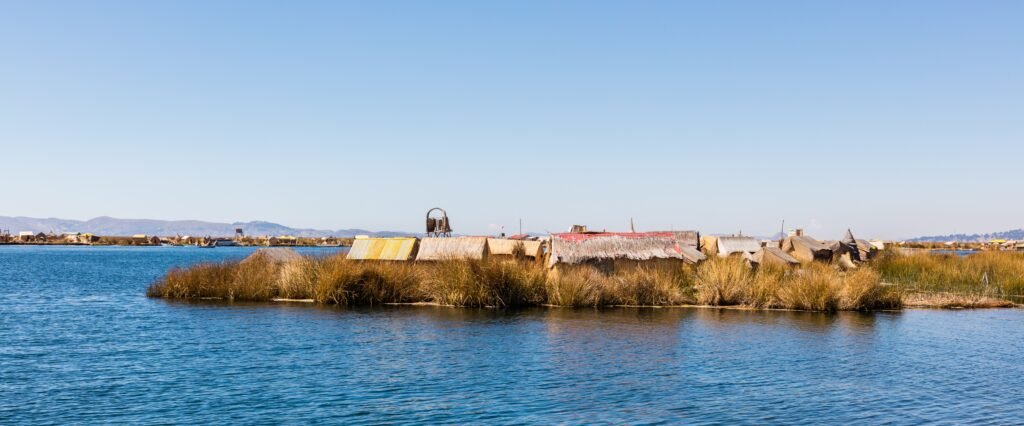Imagine a world where the very ground beneath your feet is slowly disappearing. This is not the plot of a science fiction novel, but a stark reality faced by many regions around the globe. Aquifers, the hidden reservoirs of freshwater beneath the Earth’s surface, are drying up at an alarming rate. What happens when these vital sources of water lose their storage capacity forever? The consequences are both shocking and far-reaching, affecting everything from agriculture to urban development. Dive with me into the depths of this pressing issue, as we explore the unseen collapse of our precious aquifers.
The Invisible Lifeline: Understanding Aquifers
Aquifers are like nature’s underground sponges, storing vast amounts of freshwater that sustain ecosystems and human life. These geological formations, composed of permeable rock, sand, or gravel, hold water that seeps down from the surface. They are recharged by rainwater and snowmelt, acting as a crucial buffer during dry periods. Many people are unaware that aquifers supply nearly a third of the world’s freshwater needs. Without them, our rivers would run dry, and agriculture would struggle to thrive. The unseen lifeline they provide is indispensable, yet their importance often goes unnoticed.
The Silent Depletion: Causes of Aquifer Overuse
The silent depletion of aquifers is primarily driven by over-extraction of water for agricultural, industrial, and domestic use. As populations grow and demand for water increases, aquifers are being tapped at unsustainable rates. Climate change exacerbates this issue by altering precipitation patterns, reducing the natural recharge of these underground reservoirs. In some areas, aquifers are being depleted faster than they can be replenished, leading to a permanent loss of storage capacity. This is akin to withdrawing money from a bank account without making any deposits—a practice that can only end in bankruptcy.
The Ground Beneath: Subsidence and Its Consequences

When aquifers lose their water, the ground above them can sink in a process known as subsidence. This phenomenon is not just a minor inconvenience; it can lead to significant damage to infrastructure, including roads, bridges, and buildings. In some cases, entire communities have had to be relocated due to severe subsidence. The land’s ability to support agriculture is also compromised, as sinking ground can disrupt irrigation systems and reduce soil fertility. The consequences of subsidence are both costly and difficult to reverse, highlighting the urgent need for sustainable water management.
The Agricultural Impact: A Thirsty Industry

Agriculture is one of the largest consumers of freshwater, with many crops relying heavily on irrigation. As aquifers are depleted, farmers face increasing challenges in accessing the water needed to sustain their crops. This can lead to reduced yields and higher food prices, affecting food security on a global scale. In regions where agriculture is the primary economic activity, the loss of aquifer storage can have devastating effects on local economies. Farmers are forced to adapt to new methods of water management, often at significant financial cost.
The Urban Dilemma: Cities at Risk

Urban areas are not immune to the effects of aquifer depletion. Cities that rely on groundwater for their water supply face the risk of running dry as aquifers are drained. This can lead to water shortages, increased competition for resources, and higher costs for consumers. The infrastructure of cities can also be affected by subsidence, leading to costly repairs and maintenance. As the demand for water in urban areas continues to grow, the need for sustainable groundwater management becomes increasingly urgent.
The Ecological Impact: A Fragile Balance
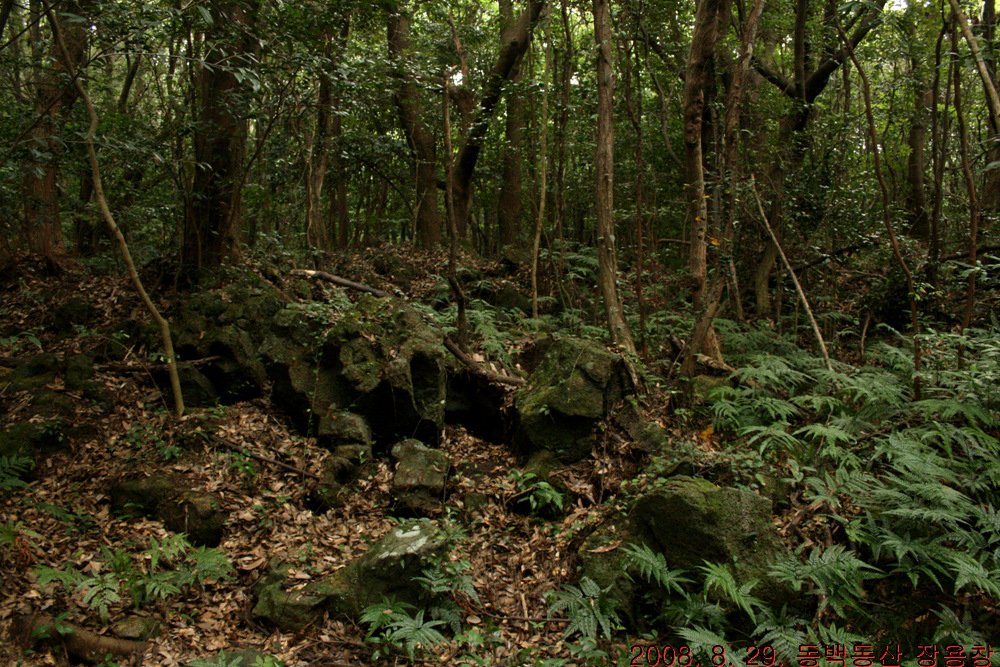
Aquifers play a vital role in maintaining ecological balance, supporting wetlands, rivers, and lakes. When aquifers are depleted, these ecosystems suffer, leading to a loss of biodiversity and disruption of natural processes. Wetlands, which rely on groundwater to remain hydrated, can dry up, affecting the plants and animals that depend on them. Rivers and lakes may experience reduced flow, impacting fish populations and other aquatic life. The ecological impact of aquifer depletion is profound, highlighting the interconnectedness of natural systems.
The Economic Implications: Counting the Cost
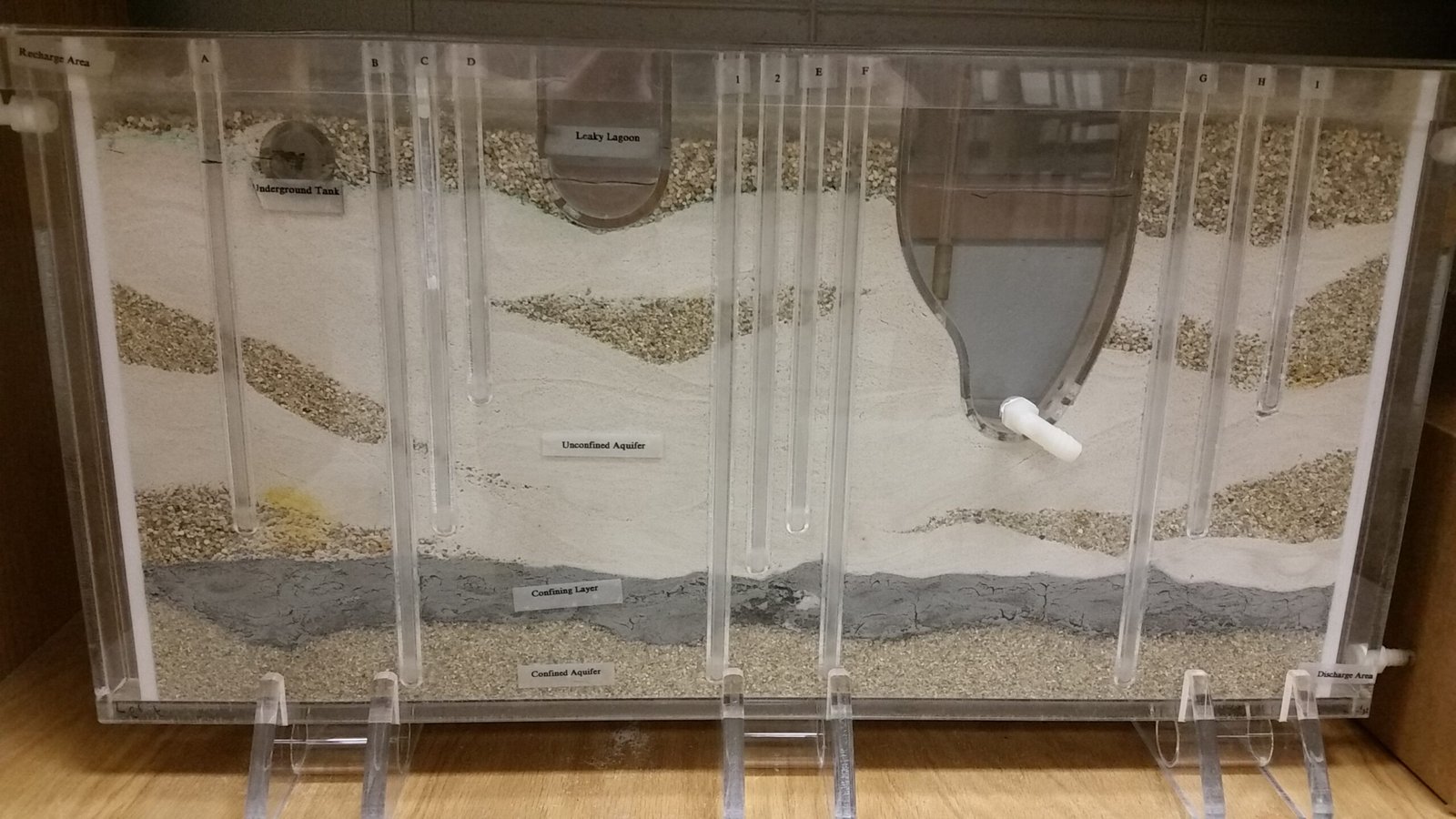
The economic implications of aquifer depletion are far-reaching, affecting industries, agriculture, and communities. The cost of accessing water increases as aquifers are drained, leading to higher prices for consumers and businesses. The damage caused by subsidence can result in expensive repairs and loss of property value. In agricultural regions, reduced yields can lead to economic instability and job losses. The ripple effects of aquifer depletion are felt across multiple sectors, underscoring the need for proactive management and conservation.
The Path Forward: Sustainable Water Management
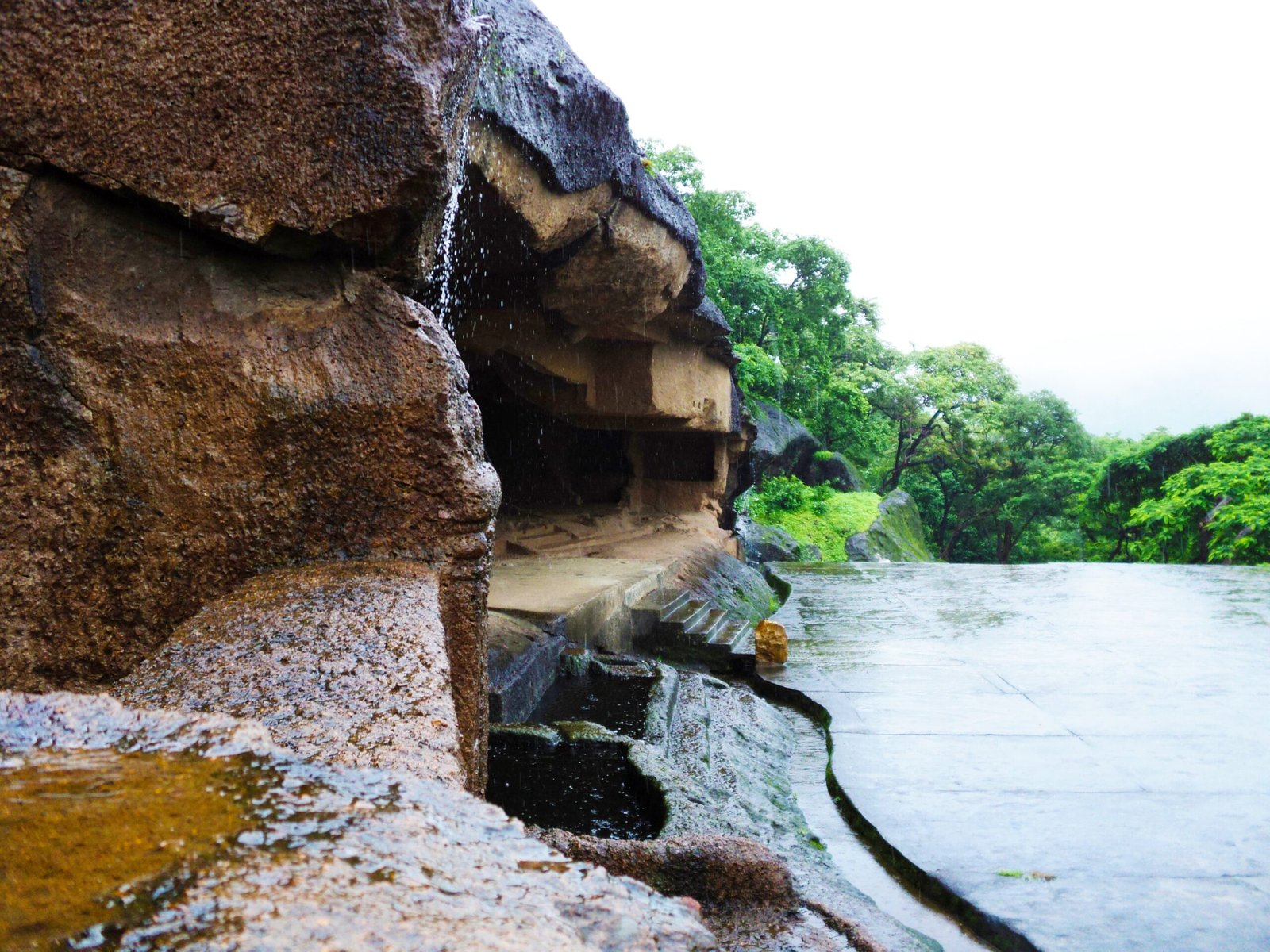
Addressing the issue of aquifer depletion requires a multifaceted approach to sustainable water management. This includes investing in technologies that improve water efficiency, such as drip irrigation and rainwater harvesting. Policymakers must implement regulations that limit over-extraction and encourage the recharge of aquifers. Public awareness campaigns can educate communities about the importance of conserving water and protecting our underground resources. By taking proactive steps today, we can secure a sustainable water future for generations to come.
The Role of Technology: Innovations in Water Conservation
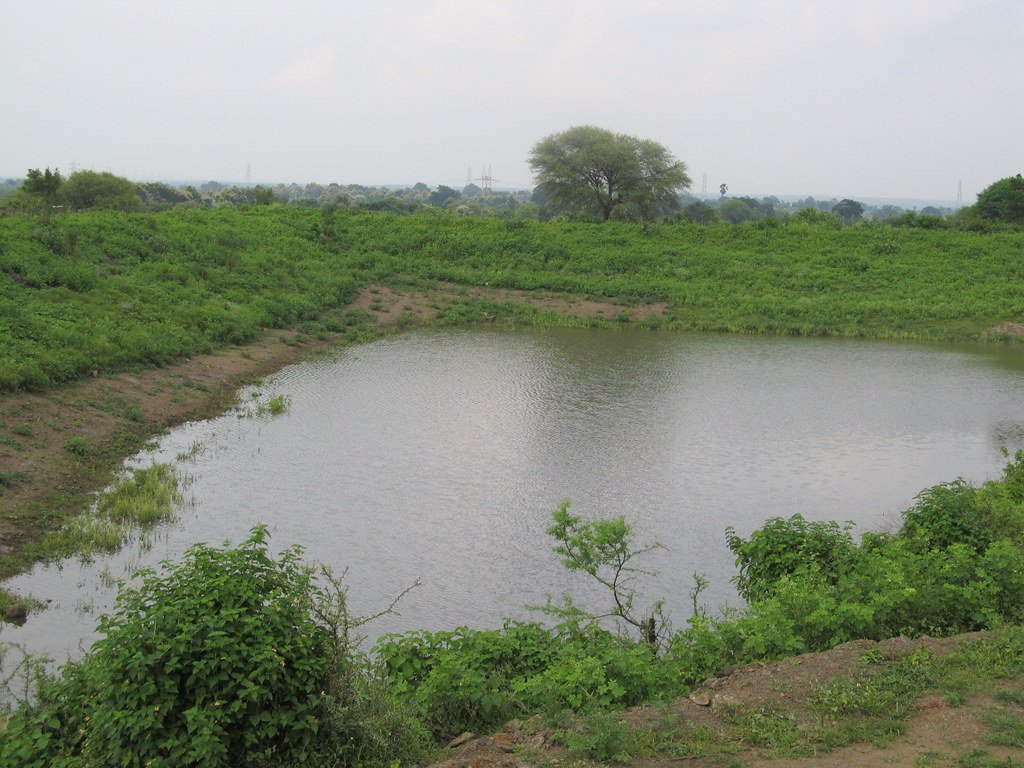
Technology plays a crucial role in addressing the challenges of aquifer depletion. Innovations in water conservation, such as smart irrigation systems and water recycling, offer promising solutions. These technologies can help reduce water waste and improve the efficiency of water use in agriculture and industry. Remote sensing and data analysis can provide valuable insights into groundwater levels, enabling better management and decision-making. Embracing technology is essential for developing sustainable practices that protect our aquifers.
The Global Responsibility: A Collective Effort
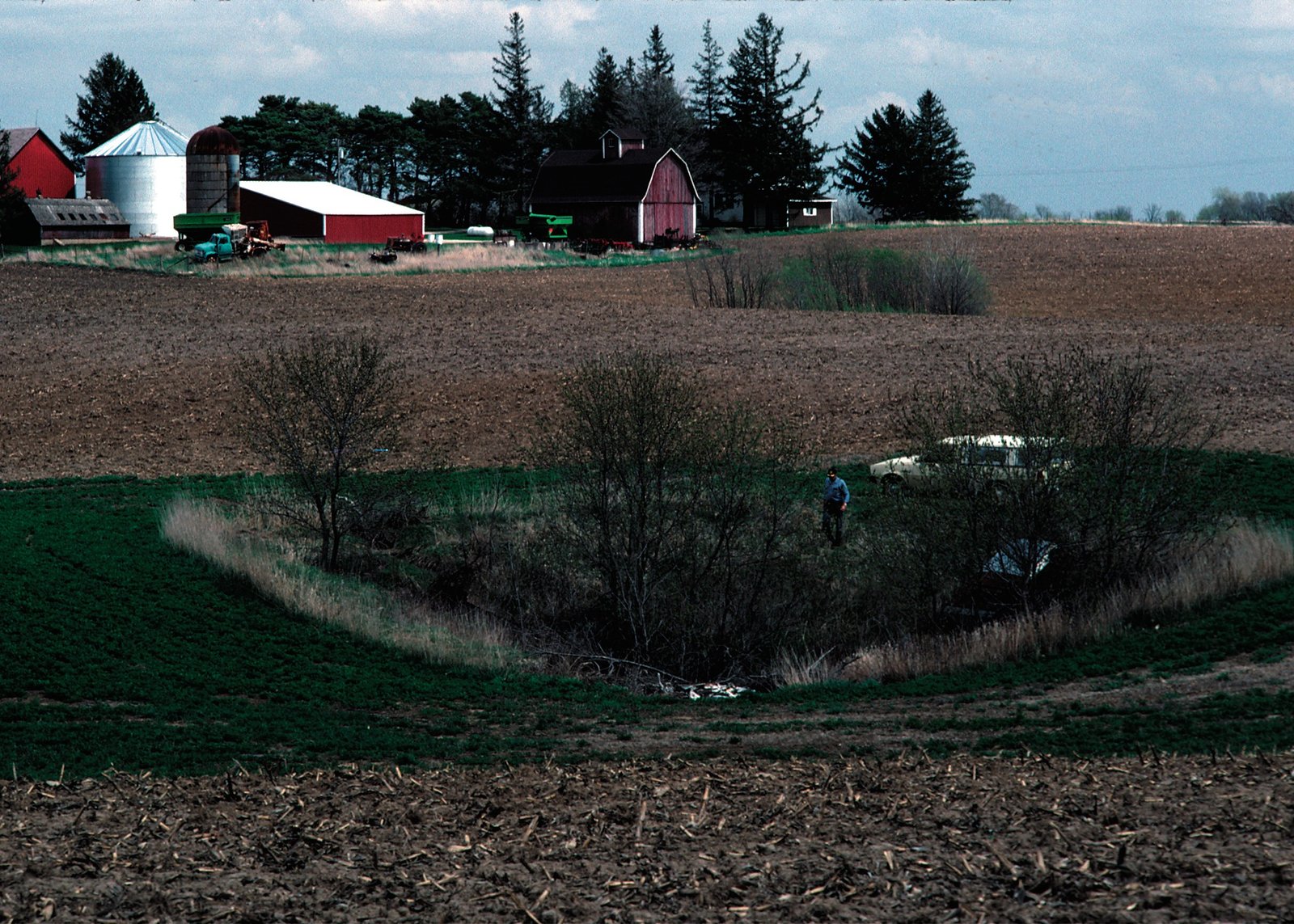
Aquifer depletion is a global issue that requires a collective effort to address. Countries must work together to share knowledge, resources, and best practices for sustainable water management. International cooperation is essential for tackling the challenges posed by climate change and population growth. By recognizing the shared responsibility of protecting our aquifers, we can work towards a future where water is accessible and sustainable for all. The unseen collapse of aquifers is a wake-up call for action, reminding us of the importance of preserving our planet’s vital resources.

